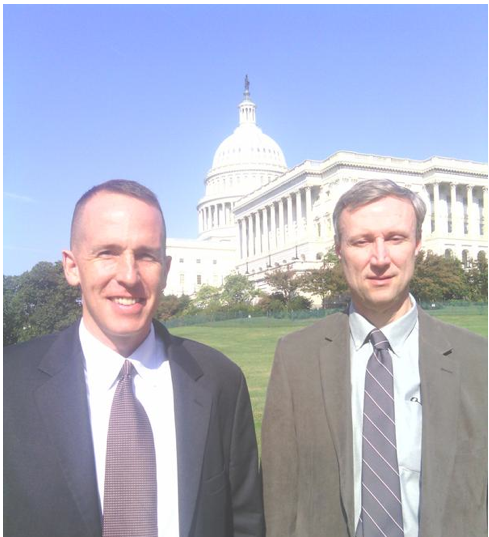Do high inflation economies have fewer “structural” problems?
Ryan Avent quotes from a very interesting paper by Guillermo Calvo, Fabrizio Coricelli, and Pablo Ottonello:
This paper documents that, for a sample of post-war recession episodes in advanced and emerging market economies (EMs), financial crises tend to be followed by jobless recoveries in the presence of low inflation and by “wageless” recoveries in the presence of high inflation…
In advanced economies, where inflation in the post-war era has been relatively low, financial crises have been followed by jobless recoveries of intensity significantly stronger than “normal” recessions…
In EMs, heterogeneity in inflation allows us to divide the sample in “high” and “low” inflation episodes. We find again a sluggish adjustment of labor markets during the recovery from financial crises, but the nature of such adjustment depends on inflation. “High inflation” recession episodes are not associated jobless recoveries but wageless recoveries. This is consistent, empirically, with the findings in Calvo et al (2006), in which EMs that suffer a systemic sudden stop experience wageless recoveries, and, theoretically, with the model by Schmitt-Grohé and Uribe (2011), whereby in the presence of nominal wage rigidities, economies that generate inflation (for instance through a nominal exchange rate depreciation) are able to restore full employment in the labor market. In contrast, low inflation EMs display a pattern similar to the one observed in advanced economies, with financial crises associated to more intense jobless recoveries.
In the low-inflation rich world, recessions associated with financial crises produce jobless recoveries. In the emerging world, low-inflation episodes after such recessions look like rich-world recoveries while in high-inflation scenarios wages are stagnant but employment bounces back quickly.
Ryan comments as follows:
In the low-inflation rich world, recessions associated with financial crises produce jobless recoveries. In the emerging world, low-inflation episodes after such recessions look like rich-world recoveries while in high-inflation scenarios wages are stagnant but employment bounces back quickly.
So financial crises tend to lead to slow recoveries only when accompanied by tight money. One more nail in the conventional wisdom about the recent recession. Ryan also makes the following observation:
My mental model of the link between jobless recoveries, post-crisis, and low inflation is a bit different than the one used in the paper. My supposition has been that the main link between the two is the zero lower bound.
That’s certainly possible (although it didn’t seem to be a big problem for FDR in 1933), but I don’t recall many cases of developing countries hitting the zero bound in the post-war data. Perhaps someone can help me; prior to 2008 were there many developing countries facing the zero interest rate bound? I’m inclined to see the problem as simply tight money, nothing more.
Unless you think the slow recoveries are structural. I.e., unless you believe those developing countries with high inflation are remarkably free of structural problems. Given what you know about developing countries with high inflation that are recovering rapidly from financial crises (say Argentina post-2002), does that explanation seem intuitively plausible?


